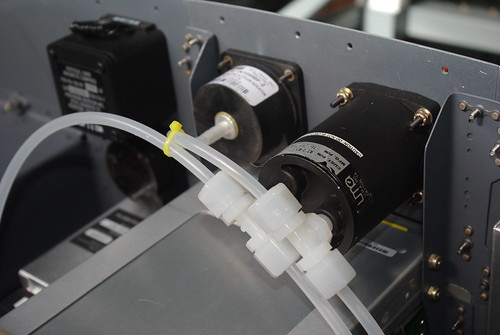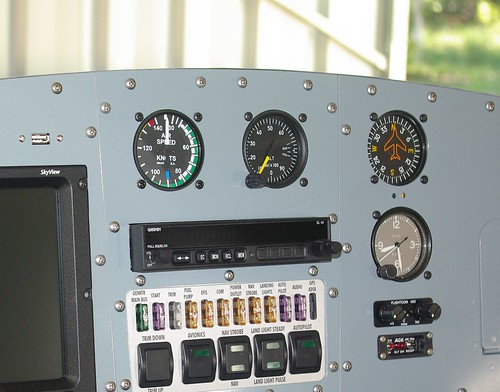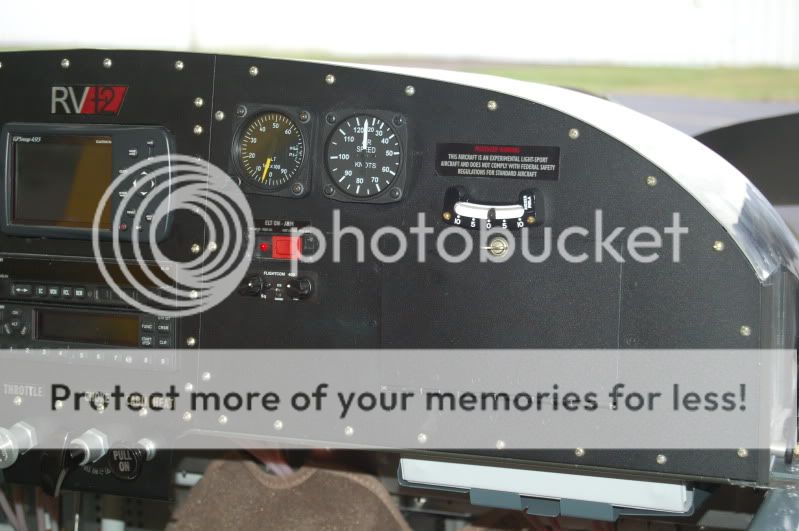First - as said by many - and I agree - no backup is needed for VFR flying. As I have also said - more times than I want to - in my transition training with Mike Seager, he forced me to fly circuits with the Skyview turned off - and it was No Problem!
I think everyone should practice this. The RV-12 is especially suited for this, since it makes a power off approach. Pull the power to Idle abeam the touchdown point, maintain altitude (using visual reference to the airplane's Attitude) allowing the speed to bleed off to about 60, and fly the approach.
I think the key ingredient is something called "Sight Picture." It varies a lot between airplanes, but once you fly a particular airplane for a while, you need to get that image Locked In.
Dave has the right idea, though, a virtual something that is functional, but not necessarily sexy (who woulda thunk that steam gages are being regarded as sexy?)
I was gonna buy the new Dynon D1 Pocket Panel as my backup. It's on sale for $1200. But, instead, I (being a cheap pilot), bought the iFly 520. It's new, just introduced at Oshkosh, and available for $390. It has a Virtual Panel. Yesterday, I gave it a good workout, and it works as advertised. The GPS Nav stuff and (lots) of other goodies - I view as extras and not something I really plan to use.
So why, Bob, if you think it can be flown VFR without anything, did you spring for the iFly. Well, I view the iFly as an emergency "Get-Me-Home" gadget (still probably not needed.)
My Dynon has not been trouble-free - two Main units and 3 ADAHRS later, I say. When my first Main Unit went, it was fine during engine start, the buttons started acting a little "strange" during taxi-out. By the time I was doing my run-up, I could not get the PFD screen to come up, and then it began endlessly re-booting. So I taxied back to the hangar and called Dynon - They're on my Speed Dial.
I had a new unit the next day, but seeing how fast it went Toes-Up, my good friend (?) Tony T. asked me how much I would pay him to fly a new unit up to Pt. Roberts if it had gone south wjile I was up there. Or some other remote place.
I do believe in an extreme situation of being AOG in some back-water locale, I could fly the airplane home - or at least to a less back-water place with a bed and a bar, to await the UPS truck from Dynon. The RV-12 - like many GA airplanes - is even easier to take-off without any instruments than to land. Accelerate, raise the nose to take-off attitude, and let the airplane fly itself off.
The iFly would mostly allow me to set the power better and fly a certain Airspeed, and give me some sort of Altitude - I like to fly with ATC, and that would keep them happier. Neither can be really judged accurately "by the seat of the pants."
Bob Bogash
N737G








